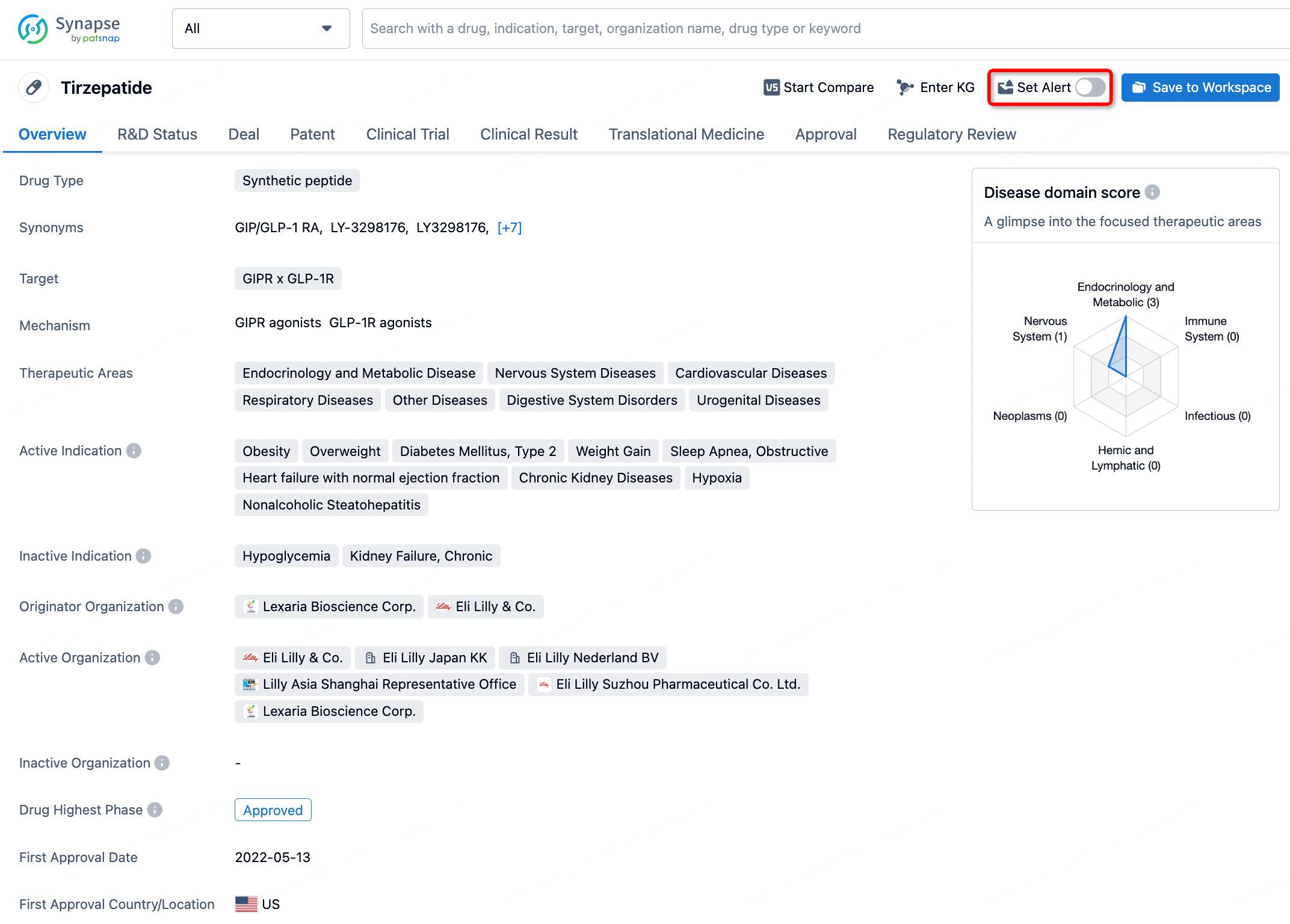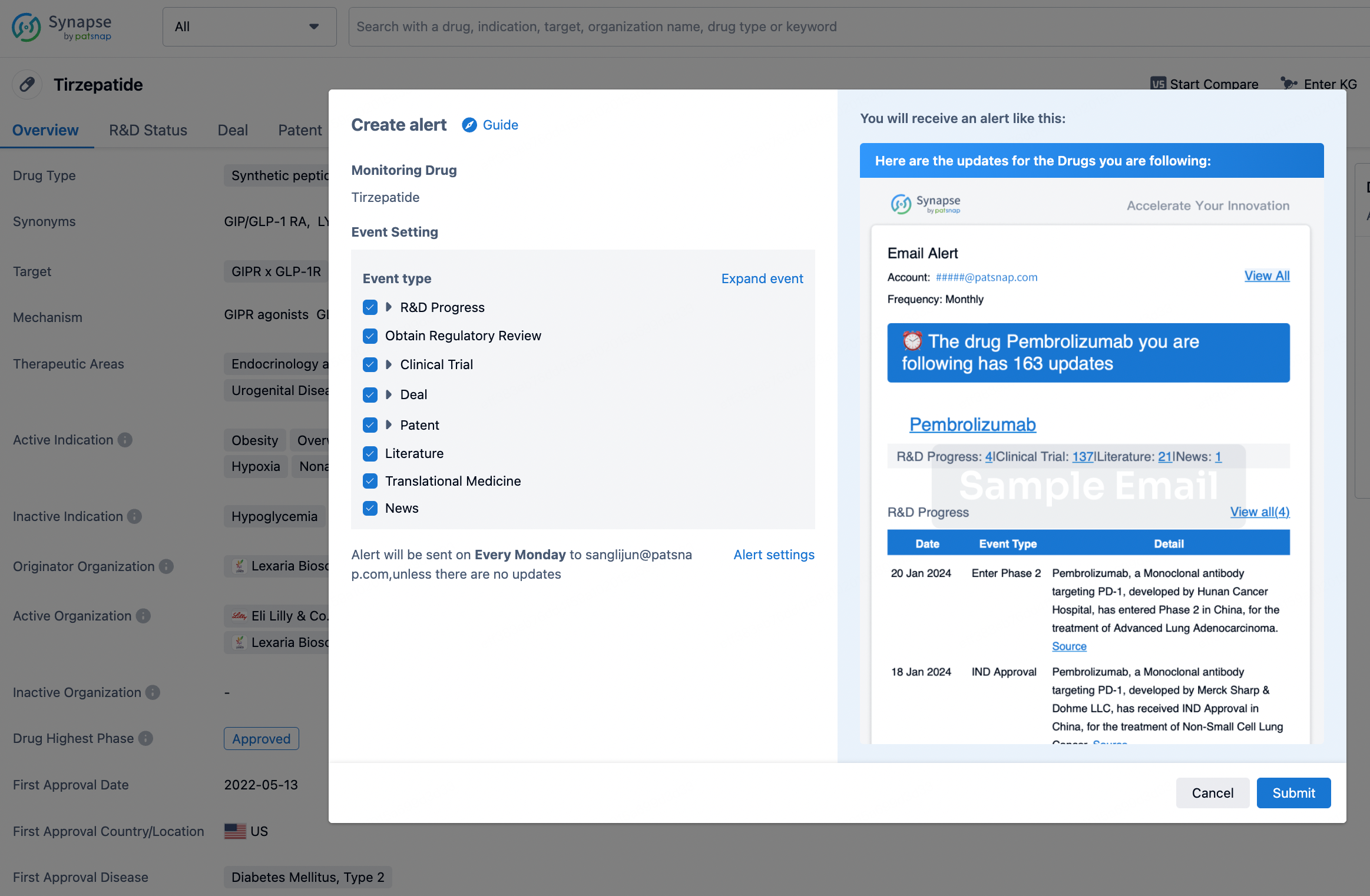Request Demo
What are the side effects of Cyclopentolate?
12 July 2024
Cyclopentolate is an anticholinergic drug commonly used to dilate the pupils and paralyze the ciliary muscle of the eye in preparation for eye examinations, particularly in children. Although it is an effective and widely used medication, it is not without its potential side effects. Understanding these side effects is critical for both patients and healthcare providers.
One of the most common side effects of cyclopentolate is stinging or burning in the eyes immediately after the drops are administered. This discomfort is usually temporary and tends to resolve within a few minutes. However, some individuals may experience prolonged irritation or redness of the eyes, which can be uncomfortable and concerning.
Blurred vision is another frequent side effect. Since cyclopentolate works by paralyzing the ciliary muscle, the eye's ability to focus on near objects is temporarily impaired. This blurring of vision is usually short-lived, but it can be inconvenient, especially if the individual needs to perform tasks that require sharp vision, such as reading or driving.
Cyclopentolate can also cause an increase in intraocular pressure. This is particularly significant for individuals with glaucoma or those at risk of developing the condition. Increased intraocular pressure can lead to acute angle-closure glaucoma, a serious medical emergency that requires immediate attention. Symptoms of acute angle-closure glaucoma include severe eye pain, headache, nausea, and vomiting, along with sudden vision loss. If any of these symptoms occur, it is crucial to seek medical help immediately.
Systemic side effects, though less common, can occur, especially in children or individuals who are sensitive to the medication. These can include dry mouth, flushing of the skin, and an increased heart rate. In rare cases, cyclopentolate can cross the blood-brain barrier and cause central nervous system effects such as confusion, agitation, and hallucinations. These side effects are more likely to occur with higher doses or with repeated use of the drug.
Allergic reactions to cyclopentolate are rare but possible. Signs of an allergic reaction include rash, itching, swelling, severe dizziness, and trouble breathing. If any of these symptoms are experienced, it is imperative to discontinue use and seek medical attention immediately.
In summary, while cyclopentolate is a valuable tool in ophthalmology, it is not without its side effects. Patients should be aware of the potential for eye irritation, blurred vision, increased intraocular pressure, systemic effects, and allergic reactions. It is essential to use cyclopentolate under the guidance of a healthcare professional and to report any adverse effects promptly to ensure safe and effective use.
One of the most common side effects of cyclopentolate is stinging or burning in the eyes immediately after the drops are administered. This discomfort is usually temporary and tends to resolve within a few minutes. However, some individuals may experience prolonged irritation or redness of the eyes, which can be uncomfortable and concerning.
Blurred vision is another frequent side effect. Since cyclopentolate works by paralyzing the ciliary muscle, the eye's ability to focus on near objects is temporarily impaired. This blurring of vision is usually short-lived, but it can be inconvenient, especially if the individual needs to perform tasks that require sharp vision, such as reading or driving.
Cyclopentolate can also cause an increase in intraocular pressure. This is particularly significant for individuals with glaucoma or those at risk of developing the condition. Increased intraocular pressure can lead to acute angle-closure glaucoma, a serious medical emergency that requires immediate attention. Symptoms of acute angle-closure glaucoma include severe eye pain, headache, nausea, and vomiting, along with sudden vision loss. If any of these symptoms occur, it is crucial to seek medical help immediately.
Systemic side effects, though less common, can occur, especially in children or individuals who are sensitive to the medication. These can include dry mouth, flushing of the skin, and an increased heart rate. In rare cases, cyclopentolate can cross the blood-brain barrier and cause central nervous system effects such as confusion, agitation, and hallucinations. These side effects are more likely to occur with higher doses or with repeated use of the drug.
Allergic reactions to cyclopentolate are rare but possible. Signs of an allergic reaction include rash, itching, swelling, severe dizziness, and trouble breathing. If any of these symptoms are experienced, it is imperative to discontinue use and seek medical attention immediately.
In summary, while cyclopentolate is a valuable tool in ophthalmology, it is not without its side effects. Patients should be aware of the potential for eye irritation, blurred vision, increased intraocular pressure, systemic effects, and allergic reactions. It is essential to use cyclopentolate under the guidance of a healthcare professional and to report any adverse effects promptly to ensure safe and effective use.
How to obtain the latest development progress of all drugs?
In the Synapse database, you can stay updated on the latest research and development advances of all drugs. This service is accessible anytime and anywhere, with updates available daily or weekly. Use the "Set Alert" function to stay informed. Click on the image below to embark on a brand new journey of drug discovery!
AI Agents Built for Biopharma Breakthroughs
Accelerate discovery. Empower decisions. Transform outcomes.
Get started for free today!
Accelerate Strategic R&D decision making with Synapse, PatSnap’s AI-powered Connected Innovation Intelligence Platform Built for Life Sciences Professionals.
Start your data trial now!
Synapse data is also accessible to external entities via APIs or data packages. Empower better decisions with the latest in pharmaceutical intelligence.


